Historical Architecture of Grosse Pointe – The Moorings
This week we take a look at one of Grosse Pointes most prominent buildings – The War Memorial, also known as the Russell A. Alger House and ‘The Moorings’.
In 1910 nationally prominent New York architect Charles Adam Platt, completed ‘The Moorings’ for millionaire Russell A. Alger Jr – son of General Russell A. Alger, (a Civil War hero) – lumber baron and industrialist who co founded the Packard Motor Company. During that era the Pointes were home to many summer cottages, but ‘The Moorings’ was to be a permanent, year round residence for the Alger family. Charles A. Platt, at the time, was renowned for his design of large country estates, integrating the house with its setting and gardens, and his work on the Alger estate did not disappoint.
Alger’s new home resembled an Italian Renaissance Villa, set on 4.5 acres, the property fast became one the finest country estates on Lake Shore Drive. The property was built on one of the highest pieces of land along Lake Shore, the natural variation in ground levels proved to be the perfect canvas to create stunning landscape features that would accompany the house almost perfectly. The house itself has two stories on the street side, which then open to three stories facing the lake. The main section of the house is a rectangular block with symmetrically designed front and rear facades, completed with a low-pitched tile roof. Iron balconies and a set of French doors open out to a magnificent view of the lake, while the front facade boasts an exquisite doorway framed with stone and iron.
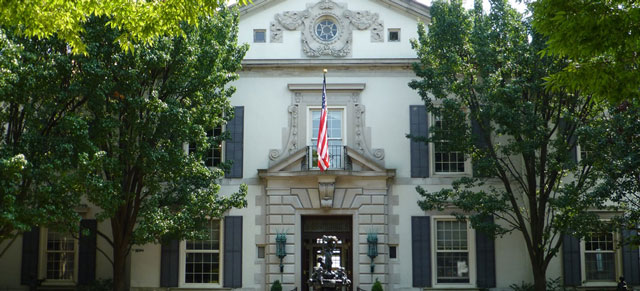
Alger resided in the house until his death in 1930. Between 1936 and 1948, the house was used by the Detroit Institute of Arts as a branch museum. In 1949 the Alger family donated the estate to the Grosse Pointe War Memorial to serve as a perpetual memorial to the 3,500 Grosse Pointers who served and the 126 who died in World War II. The original building has since seen two additions; the Fries Auditorium and Crystal ballroom were added in 1962, while the Center for Arts and Communications was completed in 1993. Today the building is recognized and is listed on the National Register of Historic Places and as a center for education and charitable activities for the Grosse Pointe Communities. Platt went onto design Henry Stephen’s House (241 Lake Shore) in 1913 along with many significant properties and mansions across the United States.
Written by Katie Doelle
Copyright © 2014 Katie Doelle

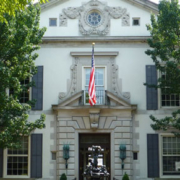
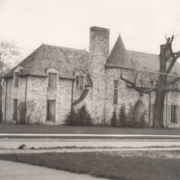
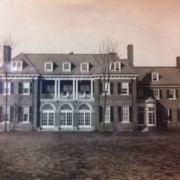

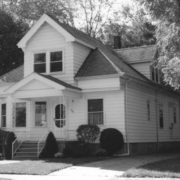
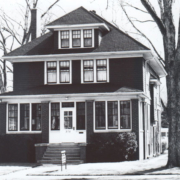
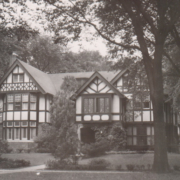
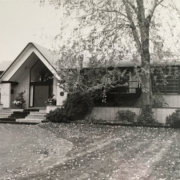

Leave a Reply
Want to join the discussion?Feel free to contribute!